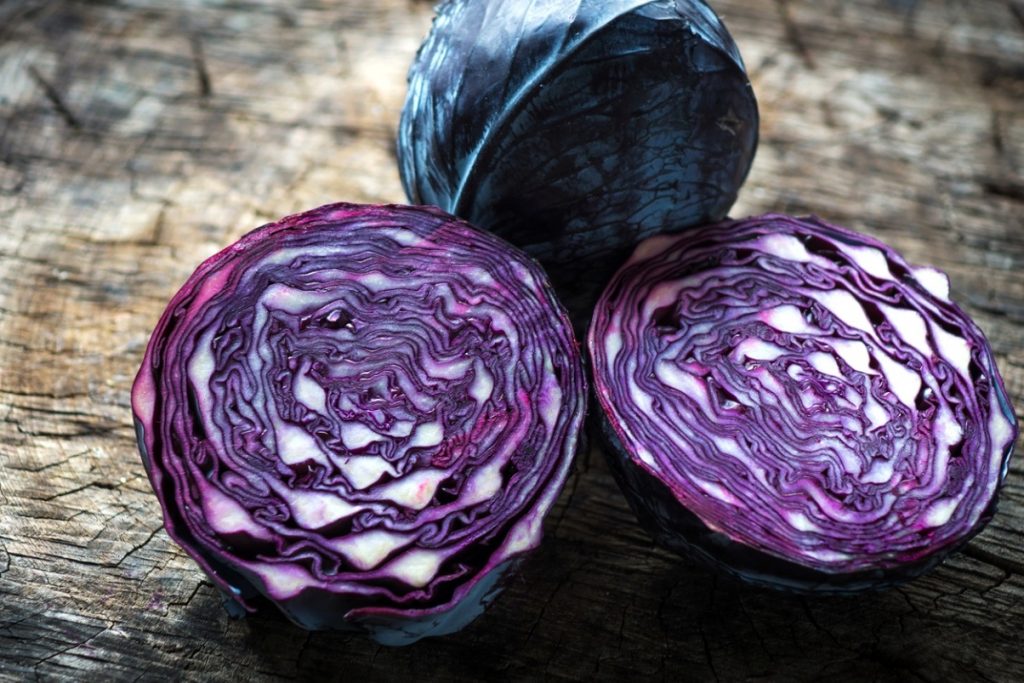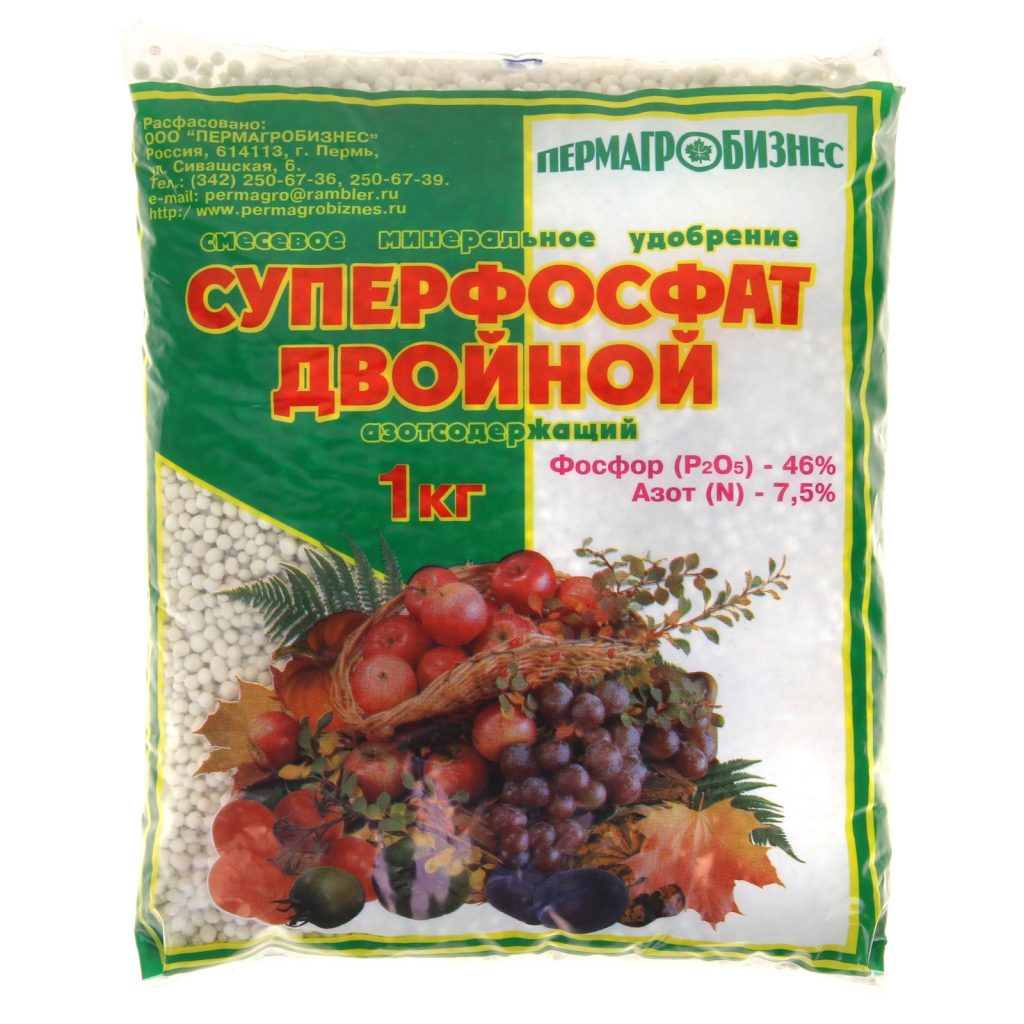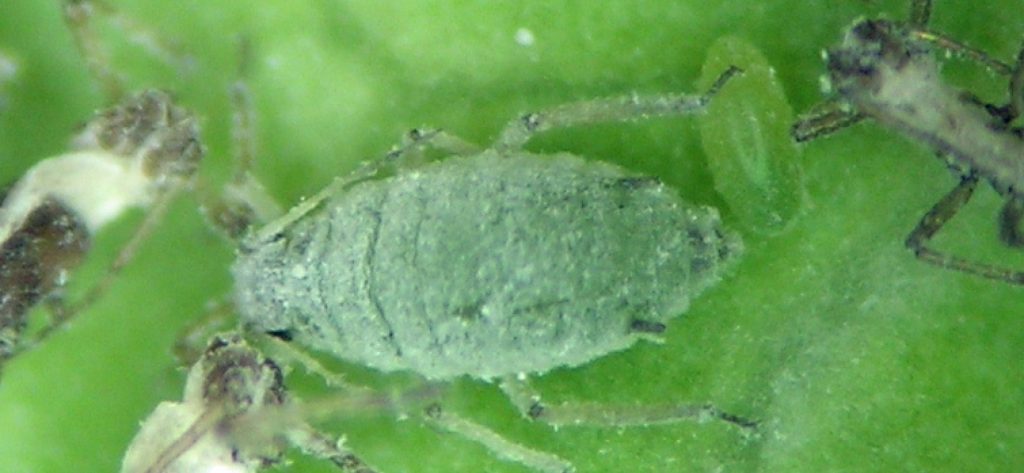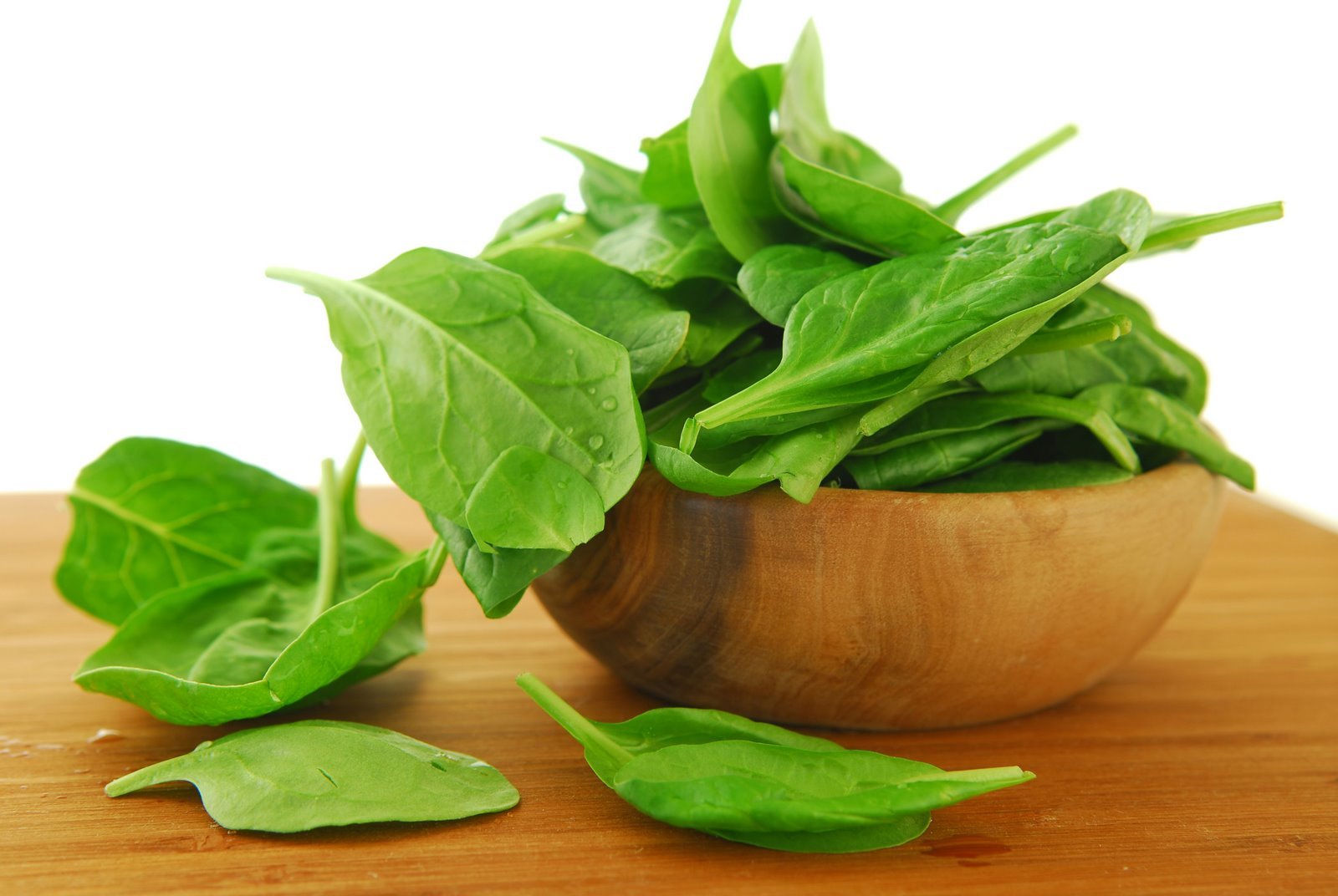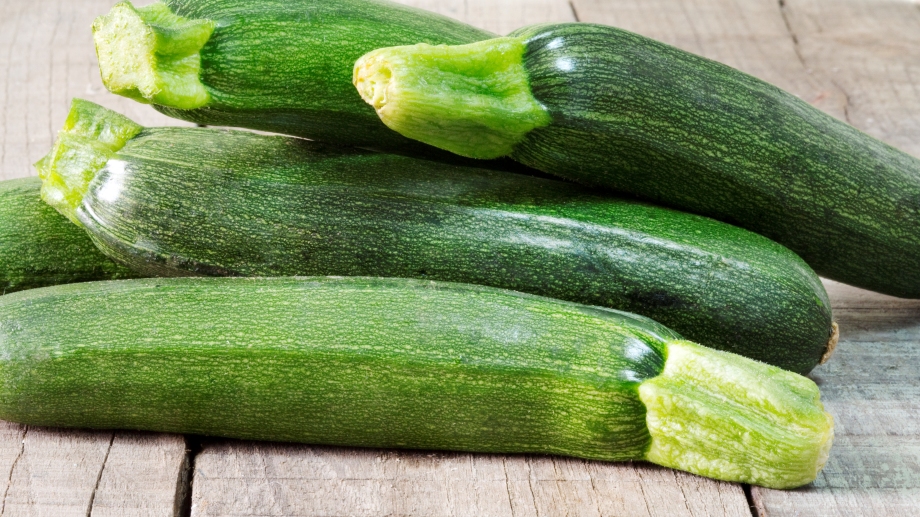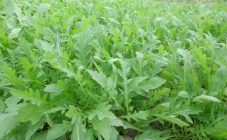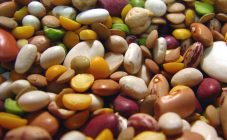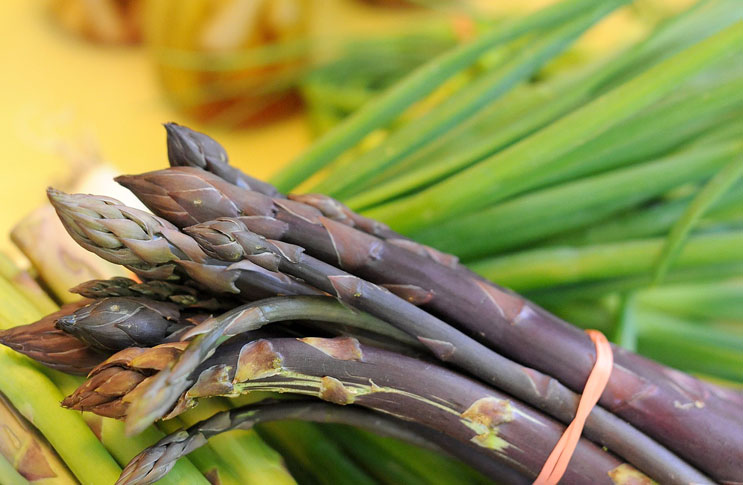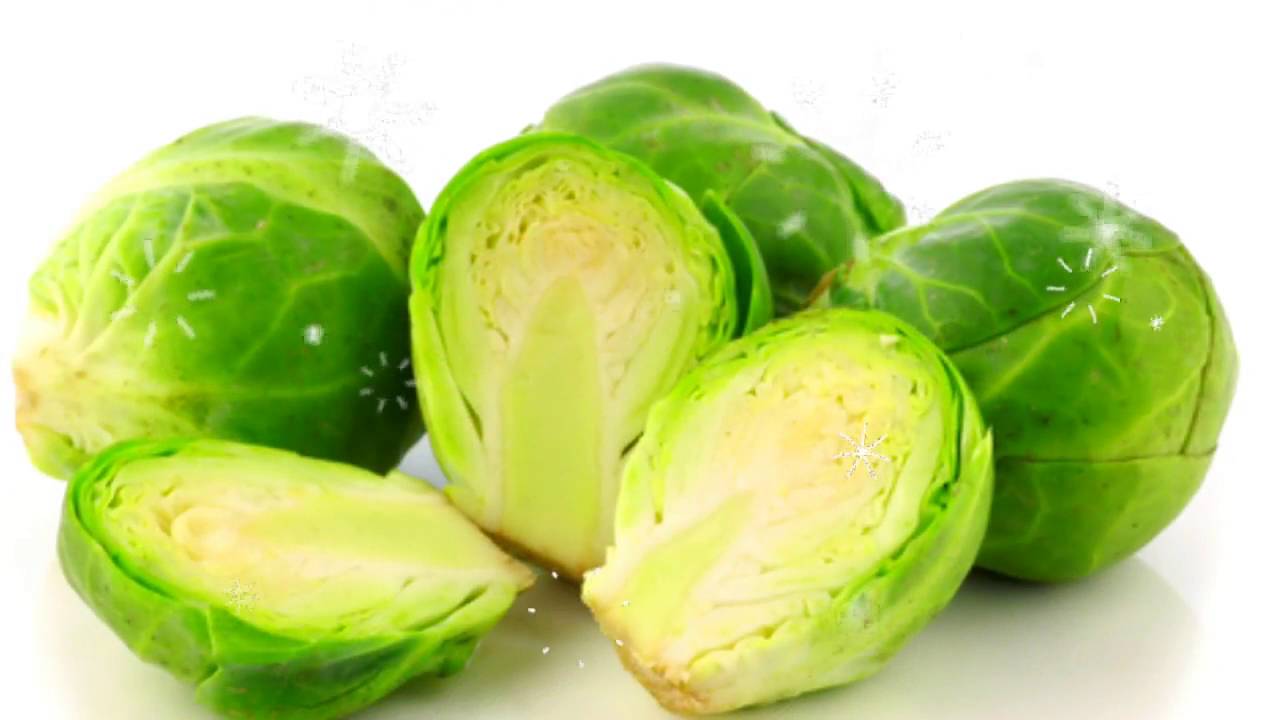Content:
This variety is a type of white cabbage, from which it differs in purple and sometimes purple leaves. This color is provided due to the content of the dye in the tissues of the product - anthocyanin.
Description of red cabbage
The plant is characterized by frost resistance and heat resistance. The culture is widespread in many regions of Russia. It also differs from white cabbage in late ripeness, higher resistance to diseases and pests, and lower productivity. In addition, red cabbage is much better stored without losing its beneficial properties.
Red cabbage varieties are very diverse, some of them are quite unusual (for example, the Kalibos red cabbage variety, whose heads are conical.). Varieties can have different ripening periods (early maturing, mid-maturing, late, mid-late). The best in taste and shelf life are recognized: Rubin MS, Gako, the aforementioned Kalibos cabbage, among other things, is excellent for canning. Given the main characteristics of each of the varieties, the gardener will be able to choose the most acceptable variety of red cabbage for himself.
Growing red cabbage
Belonging to a specific variety determines the term for head formation, which varies from 105 to 200 days. For example, when growing a mid-season cabbage variety Kalibos, it takes 105-120 days from planting to harvesting. Planting crops can be carried out in two ways: seed and seedling.
The first option involves the use of a large number of seeds, as well as ensuring careful care of the sprouts at the beginning of the growing season. Therefore, the seedling method looks more economical and simpler.
In the southern regions, seeds are sown in mid-spring, in areas with a cold climate, the planting period is shifted to April-June.
Sowing with seeds
Do not rush to open the seed package. First, you should carefully read the landing rules indicated on it. Further, before planting seeds, they should be disinfected and hardened. To do this, they need to be held in potassium permanganate or in hot water for twenty minutes, and then cooled. Fertile soil is used for planting treated seeds. The same distance (60 cm) is maintained between the holes, the depth of which is 4 cm. Four seeds are placed in one hole. It is recommended to add a small layer of peat with humus and ash on top. Thanks to this procedure, the likelihood of a cruciferous flea infection will be reduced. As soon as the seedlings rise and the first leaves appear, thinning of the weak shoots must be done. When young cabbage reaches 15 cm in height, the weak sprouts must be removed, leaving the strongest. So that the root system is successfully formed, hilling is done.
Planting seedlings
Many novice gardeners are interested in the question of how to plant red cabbage in open ground with seedlings. To do this, you must adhere to the following actions and recommendations.
Germinate seedlings in special boxes or in pots.The latter can be located on a windowsill, in a greenhouse or greenhouse, as well as in open nurseries. The seeds are placed in the boxes in the same way as in the previous case described above.
Well-loosened fertile soil is recommended, the acid-base balance of which exceeds 7 pH. A soil containing a large amount of acid is absolutely not suitable for red cabbage.
Since the plant loves moisture very much, the seedlings need to be watered often with a small amount of water by moistening or spraying.
Seedlings must be fed with mineral fertilizers. The procedure is carried out as follows:
- The first feeding is carried out when 2-3 leaves appear.
- The second - a few days before planting in the ground.
The fertilizer composition looks like this:
- superphosphate;
- urea;
- potassium chloride;
- water.
You need to plant sprouts when five developed leaves appear. By this time, the height of young plants is on average 19 cm. So that the sprouts do not get crumpled or damaged during the extraction process from the boxes, before this, the seedlings should be thoroughly moistened.
Culture care
In order to grow a high-quality crop in large quantities, it is very important to observe the conditions for competent watering, to carry out the processes of loosening, hilling, feeding, treating and preventing diseases and protecting against pests.
Watering
The periods when cabbage is especially in need of moisture include:
- the formation of sheet rosettes;
- active leaf growth;
- the formation of heads of cabbage.
For red cabbage, a perfect irrigation method is sprinkling, during which drops of water nourish the soil, flowing from the leaves.
Loosening and hilling
Hilling is carried out regularly, weeds and aisles are weeded for intensive development and improvement of the root system.
Top dressing
After placing the seedlings in the ground and rooting them in the soil, organic fertilizer should be added. During the period of leaf development, cabbage is fed with nitrogen-containing fertilizers, and during the formation of heads of cabbage - with potassium and phosphorus mixtures.
Pests
The main danger for any cabbage, including red cabbage, is the cabbage moth - a caterpillar ten centimeters long. In the fight against the pest, the Karbofos solution has proven itself perfectly. Due to the harmfulness of the drug, the processing of plants is carried out no later than 1 month before harvesting.
Another dangerous pest is the cabbage scoop, which is a light green, sometimes brown caterpillar. The harm from it is that the insect gnaws at the passages in the head of cabbage. To get rid of the uninvited guest, they use insecticides that are sprayed on the plant.
The cabbage fly is a root threat. To protect against white larvae, a basudin solution is added to the soil. This is done as early as possible - during the period of growing seedlings.
A solution of metathione helps against cabbage aphids, which live in whole colonies on the lower part of the leaves.
The yellowish-green caterpillars of the cabbage white (otherwise - cabbage) are dangerous because they eat up the leaves. To protect against them, use the Dipel remedy.
The last variety of cabbage pests is earthen fleas, which gnaw holes in the leaves. The number of insects increases in hot and dry weather. In the fight against parasites, the treatment of the plant with insecticides helps.
An excellent option for planting in a garden or summer cottage is red cabbage - growing and caring for this crop in the open field does not require much effort and time.In addition to gastronomic properties (the product is present in many recipes for cooking dishes), red cabbage is appreciated for its non-standard appearance, thanks to which the suburban area looks especially beautiful. Purple, lilac or lilac cabbage leaves favorably set off the green background of the garden. Also, the product serves as a great decoration for a dinner table and any summer meal. The product contains a huge amount of vitamins and minerals, can be stored for a year (including winter) and does not lose its useful qualities.
